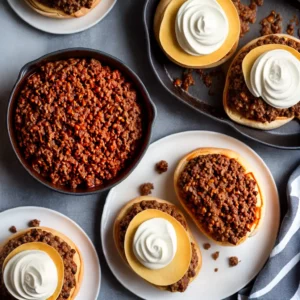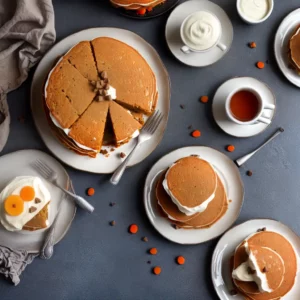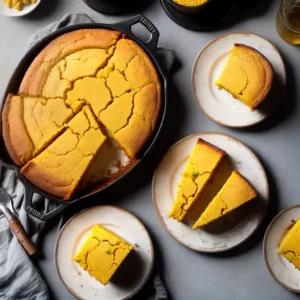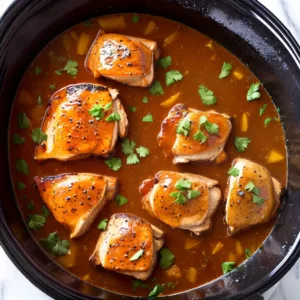How Many Pints in a Quart
Welcome to my measurement conversion guide! In this article, I will explain how many pints are in a quart, providing you with the knowledge you need for precise and delicious culinary creations.
Key Takeaways – How Many Pints in a Quart:
- In the American measurement system, there are 2 pints in a quart.
- A quart is equivalent to 32 fluid ounces or 946 milliliters, while a pint is equal to 16 fluid ounces or 473 milliliters.
- A quart is also equal to 4 cups, and a pint is equal to 2 cups.
- Understanding these conversions is essential for accurate measurements in cooking and baking.
- Accurate measurements are crucial for achieving consistent and delicious results in your recipes.
Now that you have a basic understanding of the conversion between pints and quarts, let’s delve deeper into the world of U.S. customary units and explore how to convert between different measurements.
The Basics of U.S. Customary Units
Before diving into the conversion of pints to quarts, let’s start with a quick refresher on the basics of U.S. customary units. These units are commonly used in the United States to measure volume, and it’s important to have a good understanding of them when working in the kitchen.
In the U.S. customary system, there are several units used to measure volume. Some of the most commonly encountered units include cups, fluid ounces, tablespoons, teaspoons, milliliters, liters, cubic inches, and cubic centimeters.
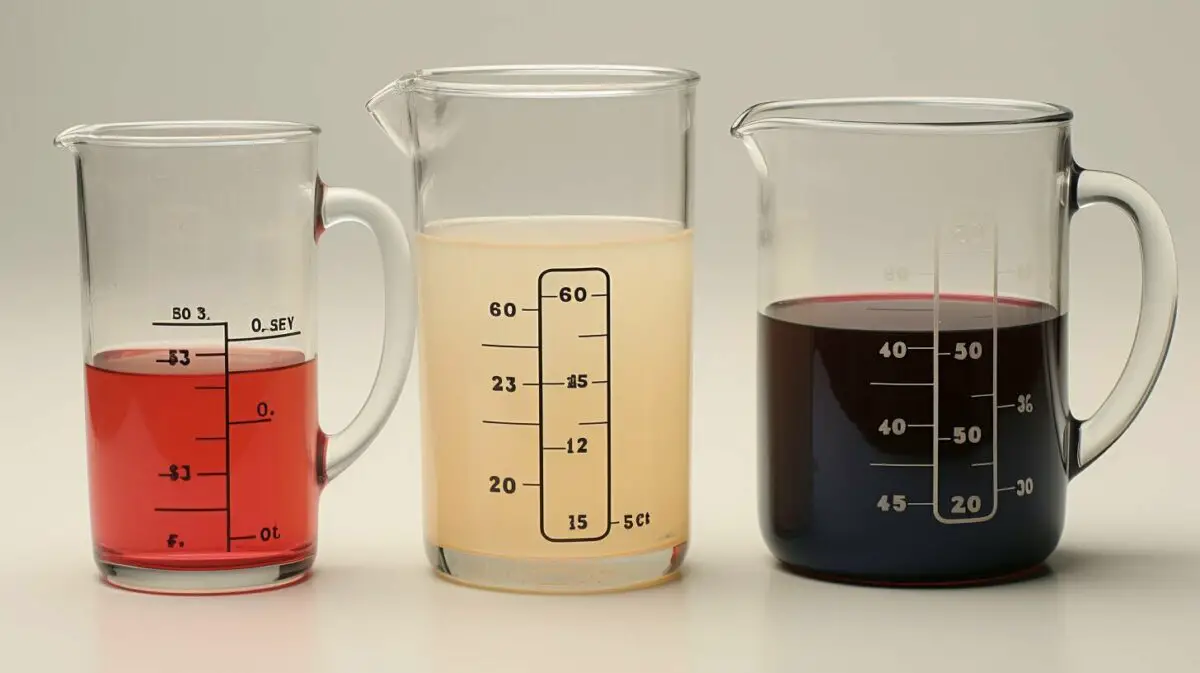
Table 1: U.S. Customary Units of Volume
| Unit | Equivalent |
|---|---|
| Cup | 1 cup = 8 fluid ounces |
| Fluid Ounce | 1 fluid ounce = 2 tablespoons = 6 teaspoons |
| Tablespoon | 1 tablespoon = 3 teaspoons |
| Teaspoon | 1 teaspoon = 5 milliliters |
| Milliliter | 1 milliliter = 0.001 liters |
| Liter | 1 liter = 1000 milliliters |
| Cubic Inch | 1 cubic inch = 16.3871 milliliters |
| Cubic Centimeter | 1 cubic centimeter = 1 milliliter |
Understanding these units and their equivalents is essential for accurate measurements in the kitchen. Whether you’re following a recipe or creating your own, having a firm grasp on U.S. customary units will help you achieve the desired results in your cooking and baking endeavors.
Understanding Pints and Quarts
Pints and quarts are both units of volume commonly used in the culinary world, and understanding their relationship is key to successful cooking and baking. In the American measurement system, there are 2 pints in a quart. A quart is equivalent to 32 fluid ounces or 946 milliliters, while a pint is equal to 16 fluid ounces or 473 milliliters.
Being able to convert between pints and quarts is essential when following recipes that call for specific measurements. Sometimes a recipe may require a certain amount of liquid in pints, while others may specify the measurement in quarts. Understanding this conversion will ensure that you are using the accurate amount of liquid, which can greatly impact the taste and texture of your dishes.
To convert from pints to quarts, you simply divide the number of pints by 2. For example, if a recipe calls for 4 pints of water, you would divide 4 by 2 to get the equivalent in quarts, which is 2 quarts. On the other hand, to convert from quarts to pints, you would multiply the number of quarts by 2. So, if a recipe requires 3 quarts of milk, you would multiply 3 by 2 to get the equivalent in pints, which is 6 pints.

| Pints | Quarts |
|---|---|
| 1 | 0.5 |
| 2 | 1 |
| 3 | 1.5 |
| 4 | 2 |
| 5 | 2.5 |
Having a conversion table like the one above can be a useful reference when working with recipes that require conversions between pints and quarts. It allows you to quickly determine the equivalent measurement without the need for complex calculations.
The Importance of Accurate Measurements
When it comes to cooking and baking, accurate measurements can make all the difference between a perfect dish and a disappointing one. Whether you’re following a recipe or experimenting with your own culinary creations, precision is key. Calculating the right amount of ingredients using the proper formula ensures that your dish turns out just as you intended.
Accuracy in measurements allows you to estimate the right proportions of ingredients and achieve the desired flavor and texture in your dishes. It helps you avoid the risks of under-seasoning or overpowering flavors, ensuring a well-balanced taste. Additionally, accurate measurements are crucial to guarantee the right rise and texture in baked goods.
To calculate precise measurements, it’s important to understand the appropriate techniques. When using measuring cups, remember to level off ingredients with a knife or straight edge for accurate amounts, especially with dry ingredients like flour or sugar. It’s also crucial to differentiate between dry and liquid measuring cups, as each has its own specific purpose. When measuring liquids, always use a clear measuring cup placed on a flat surface and read the measurement at eye level for the most accurate result.
To take measurements to the next level of accuracy, consider using a digital scale. This will allow you to measure ingredients by weight, which can be especially helpful when baking, as it provides precise measurements and ensures consistent results. When using a scale, it’s important to use the correct unit of measurement, such as ounces or grams, and to round to the nearest decimal for accuracy.
Tips for Accurate Measurements:
- Use the appropriate measuring tools for dry and liquid ingredients.
- Level off dry ingredients in measuring cups with a knife or straight edge.
- Read liquid measurements at eye level for accuracy.
- Consider using a digital scale for precise measurements.
- Round measurements to the nearest decimal for accuracy.
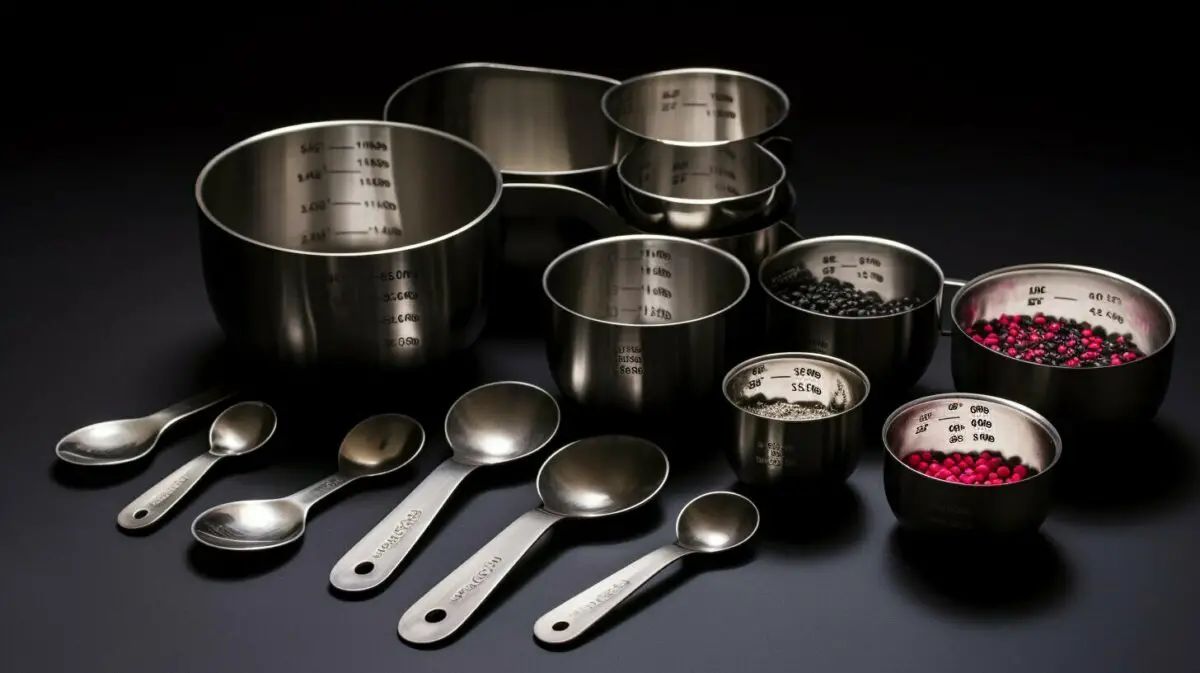
Understanding the importance of accurate measurements in cooking and baking will greatly enhance your culinary skills. From measuring flour for a cake to determining the right amount of spices for a savory dish, precision in measurements can elevate your culinary creations to new heights. So next time you step into the kitchen, remember to calculate, measure, and enjoy the delicious results of your accurate cooking.
The Conversion: Quarts to Pints
Let’s start by converting quarts to pints, an essential skill in any kitchen. In the American measurement system, there are 2 pints in a quart. This means that if you have a recipe that calls for 1 quart of a liquid ingredient, you can easily convert it to pints by dividing the number of quarts by 2. For example, if you have 2 quarts of milk, you would have 4 pints. This conversion is especially useful when dealing with recipes that use smaller measurements or when you need to scale down a recipe.
To further illustrate this conversion, here’s a helpful table:
| Quarts | Pints |
|---|---|
| 1 | 2 |
| 2 | 4 |
| 3 | 6 |
| 4 | 8 |
As you can see from the table, the number of pints doubles with each quart. So, if you’re ever unsure of how many pints are in a specific number of quarts, simply multiply the number of quarts by 2 to get the equivalent number of pints. Understanding this conversion will make it easier to follow recipes and ensure accurate measurements in your cooking and baking adventures.
The Conversion: Pints to Quarts
Now, let’s explore the conversion from pints to quarts, another useful conversion to have in your cooking arsenal. In the American measurement system, there are 2 pints in a quart. This means that if you have a certain number of pints, you can easily convert it to quarts by dividing that number by 2.
For example, let’s say you have 4 pints of milk and you want to know how many quarts that is. You can simply divide 4 by 2, and the answer is 2 quarts. It’s as simple as that!
To help you visualize the conversion, here’s a table that shows the equivalent number of quarts for different numbers of pints:
| Pints | Quarts |
|---|---|
| 1 | 0.5 |
| 2 | 1 |
| 3 | 1.5 |
| 4 | 2 |
Remember, the conversion from pints to quarts is a straightforward one. Whether you’re following a recipe or measuring ingredients for a delicious dish, knowing how to convert between these two units will ensure that you get accurate measurements every time.
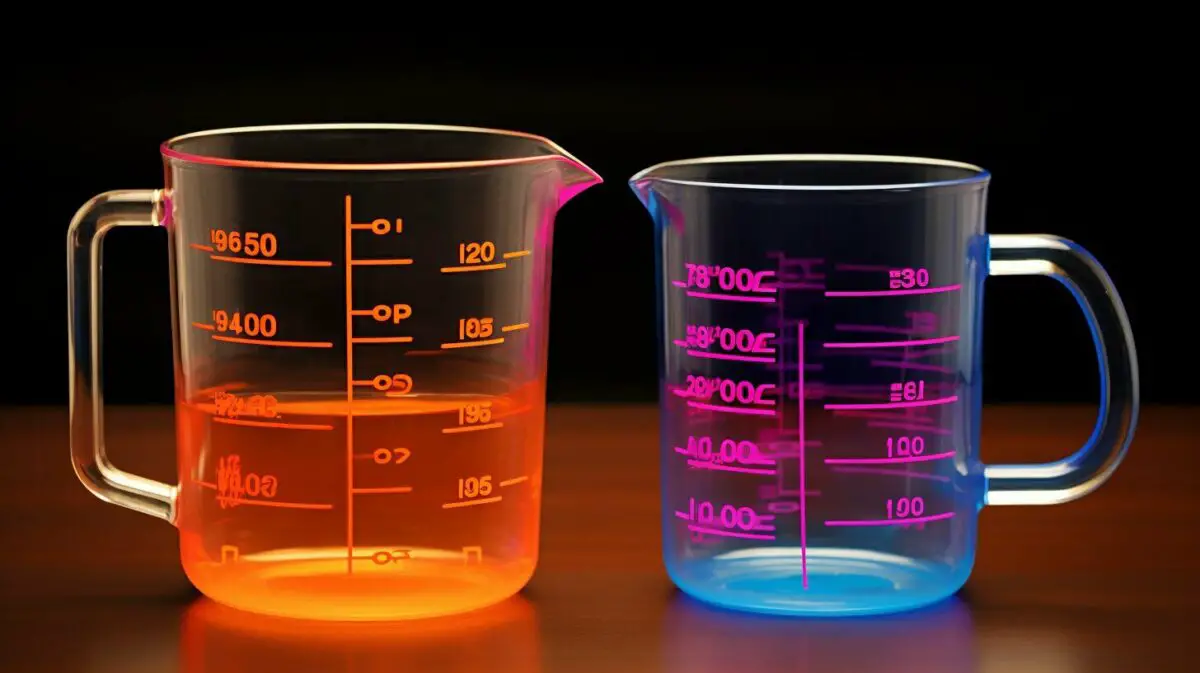
In addition to pints and quarts, there are several other measurement units that frequently come into play in the kitchen. Understanding the conversions between these units can help you follow recipes accurately and achieve desired results. Here are some additional conversion factors to keep in mind:
- Cups: A cup is equal to 8 fluid ounces or approximately 237 milliliters. It is a commonly used unit for measuring both dry and liquid ingredients.
- Fluid Ounces: A fluid ounce is approximately 29.6 milliliters. It is used to measure liquid ingredients and is often abbreviated as “fl oz.”
- Liters: A liter is equal to 1000 milliliters or approximately 33.8 fluid ounces. It is commonly used in international recipes or when larger quantities are needed.
- Milliliters: A milliliter is equal to 1/1000 of a liter or approximately 0.03 fluid ounces. It is commonly used for small liquid measurements.
- Cubic Inches: A cubic inch is equal to approximately 16.39 milliliters. It is often used to measure the volume of solid ingredients or containers.
- Cubic Centimeters: A cubic centimeter is equal to 1 milliliter. It is commonly used for measuring the volume of small objects or liquids.
Having a good grasp of these conversion factors will enable you to confidently tackle any recipe, whether it’s in pints, quarts, cups, or any other unit of measurement. Remember to use the appropriate measuring tools, such as measuring cups or spoons, to ensure accurate results.
| Measurement | Equivalent |
|---|---|
| Pint | 16 fluid ounces or 473 milliliters |
| Quart | 32 fluid ounces or 946 milliliters |
| Cup | 8 fluid ounces or 237 milliliters |
| Fluid Ounce | Approximately 29.6 milliliters |
Remember, accurate measurements are crucial for successful cooking and baking. Knowing how to convert between different units of measurement will help you achieve the perfect balance of flavors and textures in your culinary creations.

To make your life easier, I’ve compiled a reference table with all the essential conversions you need. Whether you’re cooking up a storm in the kitchen or simply need to convert measurements for a recipe, this table will come in handy. Take a look:
| Pints | Quarts | Cups | Fluid Ounces | Liters | Milliliters |
|---|---|---|---|---|---|
| 1 pint | 1/2 quart | 2 cups | 16 fluid ounces | 0.473 liters | 473 milliliters |
| 2 pints | 1 quart | 4 cups | 32 fluid ounces | 0.946 liters | 946 milliliters |
| 4 pints | 2 quarts | 8 cups | 64 fluid ounces | 1.89 liters | 1892 milliliters |
As you can see, a quart is equal to 2 pints and a pint is half of a quart. Furthermore, a quart is equivalent to 4 cups, while a pint is equal to 2 cups. Understanding these conversions is essential for accurate measurements in cooking and baking.
When following a recipe, it’s important to have the right measurements in order to achieve the desired outcome. Incorrect measurements can throw off the taste and texture of your dishes. That’s why it’s crucial to refer to a conversion table like the one provided.
So the next time you come across a recipe that requires pints or quarts, you can rely on this handy reference table to easily convert the measurements. Happy cooking!
Online Conversion Tools and Apps
If you prefer digital solutions, there are various online converters and mobile apps available to assist you with effortless measurement conversions. These tools can be extremely helpful when you need to quickly convert between pints and quarts, or any other volume measurements. Whether you’re in the kitchen, at the grocery store, or on the go, these online converters and mobile apps can provide accurate and instant results.
One popular online conversion tool is ConvertUnits.com. This user-friendly website allows you to convert pints to quarts and vice versa with just a few clicks. Simply input the value you want to convert and select the desired units, and the website will instantly provide you with the converted value. ConvertUnits.com also offers conversions for other volume measurements, such as cups, fluid ounces, liters, and milliliters.
Mobile apps can also be a convenient way to convert measurements on the go. One highly-rated app is Unit Converter by Digit Grove. Available for both iOS and Android devices, this app offers a wide range of conversion options, including pints to quarts and quarts to pints. It features a simple and intuitive interface, allowing you to easily input values and obtain accurate conversions. Unit Converter also offers offline functionality, making it accessible even without an internet connection.
Using online conversion tools and mobile apps can save you time and effort when dealing with measurement conversions. They provide a hassle-free way to ensure accuracy in your cooking, baking, or any other activities that involve pints and quarts. So why struggle with manual calculations when you can have instant and reliable results at your fingertips?
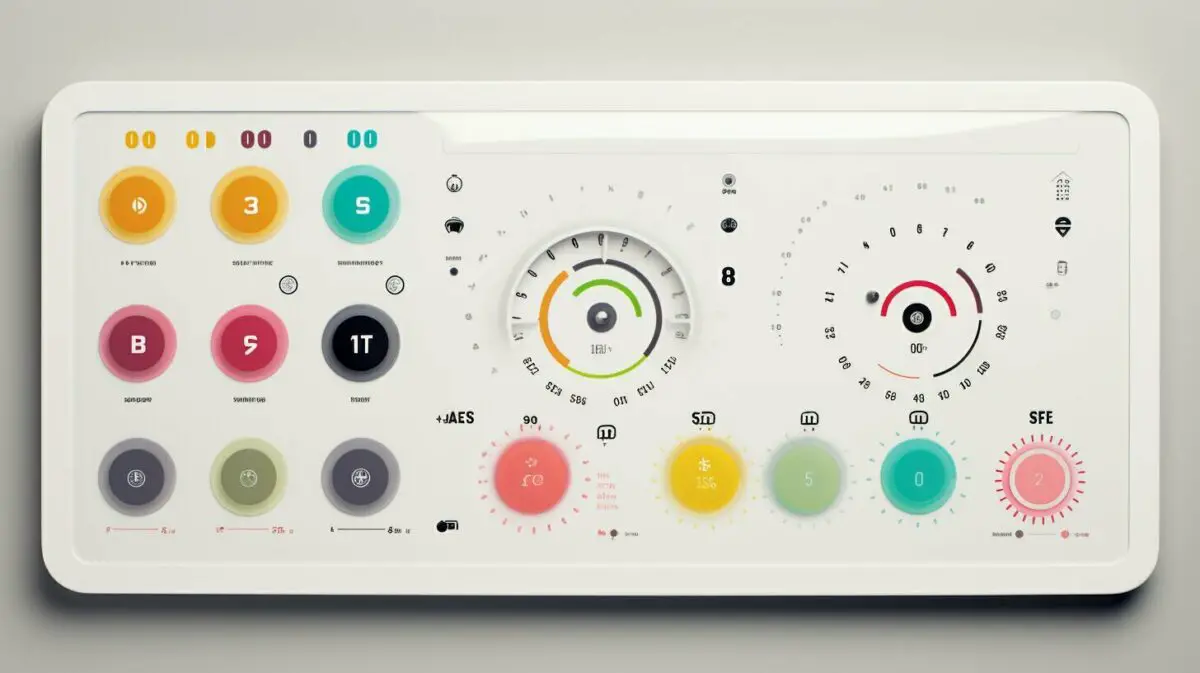
Finally, here’s a handy table summarizing the conversions between pints and quarts, as well as other related units of measurement:
| Pints (pt) | Quarts (qt) | Cups (c) | Fluid Ounces (fl oz) | Liters (L) | Milliliters (ml) |
|---|---|---|---|---|---|
| 1 | 1/2 | 2 | 16 | 0.473 | 473 |
| 2 | 1 | 4 | 32 | 0.946 | 946 |
With these conversion tools and a better understanding of pints and quarts, you’ll be well-equipped to handle any recipe or measurement challenge that comes your way. Happy cooking and baking!
Practical Applications in Cooking
Now that we have covered the conversion between pints and quarts, let’s see how this knowledge can be applied in the kitchen. Understanding these conversions is essential when following recipes that use measurements in pints and quarts. Whether you’re cooking a hearty stew, baking a delicious dessert, or making a refreshing beverage, accurate measurements are key to achieving the desired outcome.
When it comes to cooking, recipes often call for ingredients measured in pints or quarts. For example, you may need to add 2 pints of broth to a soup recipe or use 1 quart of milk for a creamy pasta sauce. Having a solid grasp of these measurements ensures that your dishes turn out just right.
Let’s say you want to make a batch of homemade ice cream. The recipe calls for 3 pints of heavy cream. By understanding that there are 2 pints in a quart, you can easily calculate that you need 1 1/2 quarts of heavy cream. This knowledge helps you confidently adjust the recipe based on the quantity needed.
| Measurement | Equivalent |
|---|---|
| 1 pint | 16 fluid ounces or 473 milliliters |
| 1 quart | 32 fluid ounces or 946 milliliters |
| 1 quart | 4 cups |
| 1 pint | 2 cups |
Having a good understanding of measurement conversions in cooking not only helps you follow recipes accurately but also allows you to experiment and adjust them to your taste. So the next time you step into the kitchen, armed with the knowledge of pints and quarts, you can confidently embark on your culinary adventures!

Pints and quarts have many practical applications beyond just cooking and baking. These measurements are commonly used in various contexts, especially when it comes to measuring different beverages. Let’s explore some of the ways pints and quarts are utilized outside the kitchen.
Beer and Alcoholic Beverages: Pints and quarts are frequently used to measure beer in bars and restaurants. A pint of beer is the standard serving size in many establishments, while quarts are often used for sharing or in larger containers. Additionally, both pints and quarts are used to measure other alcoholic beverages like wine, spirits, cocktails, and mixers. It’s important to understand these measurements when ordering drinks and mixing recipes.
Dairy and Liquid Products: Milk, juice, water, and oil are commonly sold in pints and quarts. These measurements provide convenience for consumers who need smaller quantities or larger volumes for their needs. For example, a pint of milk is often easier to handle for personal use, while quarts are commonly used for household or commercial purposes.
Usage in Other Products: Pints and quarts are also used in various industries and products. For instance, pints of ice cream are a popular size option at grocery stores. Additionally, quarts of motor oil are commonly sold for vehicle maintenance. Understanding these measurements can help consumers make informed decisions and ensure they purchase the right quantities for their needs.
| Pint | Quart |
|---|---|
| 16 fluid ounces | 32 fluid ounces |
| 473 milliliters | 946 milliliters |
| 2 cups | 4 cups |
Table: Conversion between pints and quarts

As you can see, pints and quarts play a significant role in various aspects of our daily lives. Whether it’s enjoying a pint of beer at a pub, measuring ingredients in the kitchen, or purchasing milk and other beverages, understanding these measurements is essential.
Summary:
- Pints and quarts are used beyond the kitchen in various contexts.
- They are commonly utilized to measure beer, wine, spirits, and other alcoholic beverages.
- Dairy and liquid products like milk, juice, water, and oil are often sold in pints and quarts.
- Understanding these measurements is important for making informed purchasing decisions and following recipes accurately.
Understanding Volume and Capacity
Understanding volume and capacity is crucial when working with measurements like pints and quarts. In the American measurement system, a quart is equivalent to 32 fluid ounces or 946 milliliters, while a pint is equal to 16 fluid ounces or 473 milliliters. These measurements are commonly used in recipes, especially in cooking and baking, where precision is essential for successful outcomes.
When it comes to understanding volume and measurements, it’s important to consider the appropriate containers for accurate results. Using a container with a larger capacity than required can lead to inaccurate measurements, throwing off the balance of ingredients and potentially ruining a dish. On the other hand, using a container that is too small may result in an incomplete measurement and affect the outcome of the recipe.
One useful conversion to keep in mind is that a quart is equal to 4 cups, while a pint is equal to 2 cups. This knowledge allows for easy conversions when working with recipes that call for different units of measurement. Being able to convert between pints and quarts, as well as cups, fluid ounces, and milliliters, opens up a world of possibilities in the kitchen, enabling you to follow recipes accurately and experiment with confidence.
| Measurement | Pints | Quarts | Cups | Fluid Ounces | Milliliters |
|---|---|---|---|---|---|
| 1 Quart | 2 | – | 4 | 32 | 946 |
| 1 Pint | – | 0.5 | 2 | 16 | 473 |
| 1 Cup | 0.5 | 0.25 | – | 8 | 237 |
Having a clear understanding of volume and capacity is integral to successful cooking and baking. By familiarizing yourself with the conversions between pints and quarts, as well as other common units of measurement, you’ll be equipped with the knowledge you need to navigate recipes with ease and precision. Remember, accurate measurements are the key to achieving delicious results in the kitchen.

In conclusion, mastering the conversion between pints and quarts is a valuable skill that can greatly enhance your culinary endeavors. Understanding these conversions is essential for accurate measurements in cooking and baking, as many recipes use measurements in pints and quarts. With the knowledge that there are 2 pints in a quart, you can easily calculate the equivalent measurements and ensure precision in your cooking.
A quart, which is equivalent to 32 fluid ounces or 946 milliliters, is also equal to 4 cups. On the other hand, a pint, which is equal to 16 fluid ounces or 473 milliliters, is equal to 2 cups. These conversions are important when following recipes or scaling ingredients for different serving sizes.
Having a firm grasp of the conversion between pints and quarts can also extend beyond the kitchen. Many beverages, such as beer, milk, juice, water, and even alcoholic drinks like wine, cocktails, spirits, and mixers, are often sold in pints or quarts. Understanding these measurements can help you make informed choices when purchasing or serving drinks.
Remember, accuracy and precision in measurements are crucial for achieving the desired results in your cooking and baking. By mastering the conversion between pints and quarts, you can confidently embark on your culinary adventures and create delicious dishes with ease.
FAQ – How Many Pints in a Quart
Q: How many pints are in a quart?
A: There are 2 pints in a quart.
Q: How many fluid ounces are in a quart?
A: A quart is equivalent to 32 fluid ounces.
Q: How many milliliters are in a quart?
A: A quart is equal to 946 milliliters.
Q: How many fluid ounces are in a pint?
A: A pint is equal to 16 fluid ounces.
Q: How many milliliters are in a pint?
A: A pint is equal to 473 milliliters.
Q: How many cups are in a quart?
A: There are 4 cups in a quart.
Q: How many cups are in a pint?
A: There are 2 cups in a pint.
Our Friends:
- https://dearcrissy.com/how-many-cups-in-a-quart/
- https://livelytable.com/cooking-conversions/how-many-pints-in-a-quart/
Related Recipes:
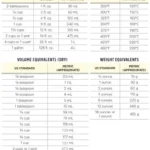 How Many Cups Are in a Liter: Unlocking the Mystery
How Many Cups Are in a Liter: Unlocking the Mystery
 How Many Milliliters in a Quart? (Perfect Measurement Conversion Guide)
How Many Milliliters in a Quart? (Perfect Measurement Conversion Guide)
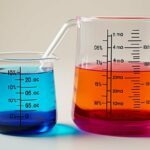 How Many Milliliters in an Ounce? (Perfect Measurement Conversion Guide)
How Many Milliliters in an Ounce? (Perfect Measurement Conversion Guide)
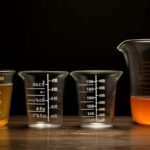 How Many Milliliters in a Pint? (Measurement Conversion Guide)
How Many Milliliters in a Pint? (Measurement Conversion Guide)
 How Many Ounces Are in a Quart? (Ultimate Measurement Conversion Guide)
How Many Ounces Are in a Quart? (Ultimate Measurement Conversion Guide)
 How Many Cups Are in a Quart? (Perfect Measurement Conversion Guide)
How Many Cups Are in a Quart? (Perfect Measurement Conversion Guide)
 How Many Ounces Are in a Pint? (Perfect Measurement Conversion Guide)
How Many Ounces Are in a Pint? (Perfect Measurement Conversion Guide)
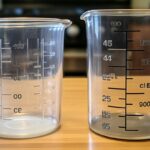 How Many Quarts in a Liter? (Perfect Measurement Conversion Guide)
How Many Quarts in a Liter? (Perfect Measurement Conversion Guide)


